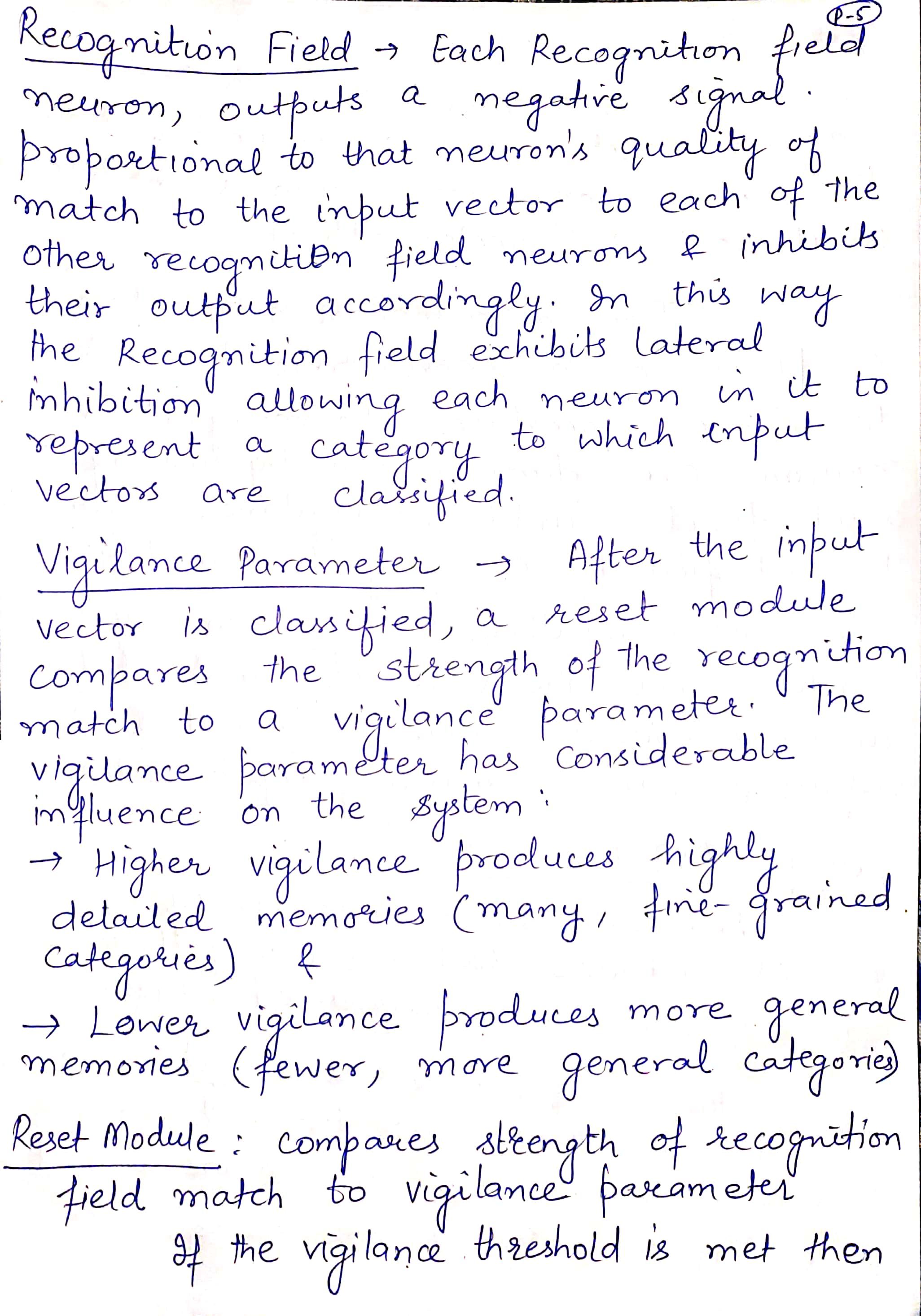Areas of Application
Followings are some of the areas, where ANN is being used. It
suggests that ANN has an interdisciplinary approach in its development
and applications.
Speech Recognition
Speech occupies a prominent role in human-human interaction.
Therefore, it is natural for people to expect speech interfaces with
computers. In the present era, for communication with machines, humans
still need sophisticated languages which are difficult to learn and use.
To ease this communication barrier, a simple solution could be,
communication in a spoken language that is possible for the machine to
understand.
Great progress has been made in this field, however, still such kinds
of systems are facing the problem of limited vocabulary or grammar
along with the issue of retraining of the system for different speakers
in different conditions. ANN is playing a major role in this area.
Following ANNs have been used for speech recognition −
- Multilayer networks
- Multilayer networks with recurrent connections
- Kohonen self-organizing feature map
The most useful network for this is Kohonen Self-Organizing feature
map, which has its input as short segments of the speech waveform. It
will map the same kind of phonemes as the output array, called feature
extraction technique. After extracting the features, with the help of
some acoustic models as back-end processing, it will recognize the
utterance.
Character Recognition
It is an interesting problem which falls under the general area of
Pattern Recognition. Many neural networks have been developed for
automatic recognition of handwritten characters, either letters or
digits. Following are some ANNs which have been used for character
recognition −
- Multilayer neural networks such as Backpropagation neural networks.
- Neocognitron
Though back-propagation neural networks have several hidden layers,
the pattern of connection from one layer to the next is localized.
Similarly, neocognitron also has several hidden layers and its training
is done layer by layer for such kind of applications.
Signature Verification Application
Signatures are one of the most useful ways to authorize and
authenticate a person in legal transactions. Signature verification
technique is a non-vision based technique.
For this application, the first approach is to extract the feature or
rather the geometrical feature set representing the signature. With
these feature sets, we have to train the neural networks using an
efficient neural network algorithm. This trained neural network will
classify the signature as being genuine or forged under the verification
stage.
Human Face Recognition
It is one of the biometric methods to identify the given face. It is a
typical task because of the characterization of “non-face” images.
However, if a neural network is well trained, then it can be divided
into two classes namely images having faces and images that do not have
faces.
First, all the input images must be preprocessed. Then, the
dimensionality of that image must be reduced. And, at last it must be
classified using neural network training algorithm. Following neural
networks are used for training purposes with preprocessed image −
- Fully-connected multilayer feed-forward neural network trained with the help of back-propagation algorithm.
- For dimensionality reduction, Principal Component Analysis PCA
is used.
Image Processing and Character recognition:
Given ANNs ability to take in a lot of inputs, process them to infer
hidden as well as complex, non-linear relationships, ANNs are playing a
big role in image and character recognition. Character recognition like
handwriting has lot of applications in fraud detection (e.g. bank fraud)
and even national security assessments. Image recognition is an
ever-growing field with widespread applications from facial recognition
in social media, cancer detention in medicine to satellite imagery
processing for agricultural and defense usage. The research on ANN now
has paved the way for deep neural networks that forms the basis of “deep
learning” and which has now opened up all the exciting and
transformational innovations in computer vision, speech recognition,
natural language processing — famous examples being self-driving cars.
Forecasting:
Forecasting is required extensively in everyday business decisions
(e.g. sales, financial allocation between products, capacity
utilization), in economic and monetary policy, in finance and stock
market. More often, forecasting problems are complex, for example,
predicting stock prices is a complex problem with a lot of underlying
factors (some known, some unseen). Traditional forecasting models throw
up limitations in terms of taking into account these complex, non-linear
relationships. ANNs, applied in the right way, can provide robust
alternative, given its ability to model and extract unseen features and
relationships. Also, unlike these traditional models, ANN doesn’t impose
any restriction on input and residual distributions.






